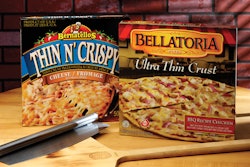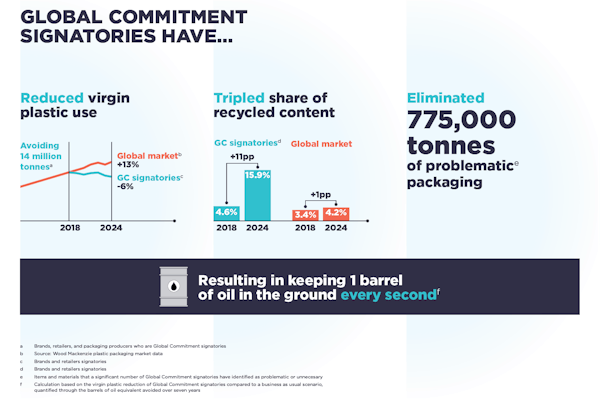I remember my first position as supervisor of a packaging group. At the time I had minimal experience with the company so I needed to learn, and was prone to first asking questions about why various business methods and processes were done the way they were. More often than not the answer I would get was “it’s always been done that way.”
What a poor response. If that had always been the case, Navies would still be sailing ships powered by wind and sails! And we’d not be enjoying the benefit of advances like re-sealable pouches or screw caps on wine bottles. Think about what response was given when those ideas were first presented.
Unfortunately the reason is that “it’s always been done that way” has too frequently become the rule by which decisions are made. No one questions that change parts need to be ordered when a new package is being introduced to a production line. But do they have the same attitude about business processes? I doubt it. That’s not their responsibility!
Much of the work PTIS engages in with clients involves addressing ways to bring value to the company through improvements in their business processes. Frequently that involves addressing the manner in which information is managed, like materials specifications. Even though much has changed over the years—new products, markets, equipment, etc.—the business processes being used have remained the same or changed little. How inefficient can that be? That’s like purchasing the most advanced high-speed color laser printer and then trying to feed it with pin-wheel paper (remember that?).
One area most frequently overlooked or relegated to the “it’s always been done that way” approach is the manner in which packaging specifications are managed. Unlike product formulations, which rightly deserve special concern, packaging is often thought of as secondary, not deserving or requiring attention as to how it’s managed. Manual processes often prevail. When questions are raised about the need for a better process or system, “we’ve never needed systems before, why do we need it now?” is an all too common response. Or “that would cost too much.”
The result is frequent errors, inefficiencies, and unnecessary costs. I once asked a manager when the last time their production line had been shut down because either the wrong packaging material was used or the materials failed. He said “never.” Do you believe that? Me neither. Now there was a manager who was not interested in accepting that out-of-date methods, processes, and a lack of systems would result in unnecessary costs that could easily be controlled.
In today’s environment of Web-enabled systems, it is nonsensical to not have all members of your supply chain, including external partner suppliers and co-packers, actively and electronically integrated as part of the business processes involving packaging. Hearing it’s always been done that way too many times led PTIS and its partners to develop the Specifi™ system, a cost-effective software solution that allows you to manage and collaborate on specification data, communications, and workflows.
The rationale for utilizing manual methods employing spreadsheets, word processors, emails, and faxes versus secure, real time access that can be provided at a reasonable cost can no longer be supported.
While the cost to implement such systems has typically been the strongest rationale for not changing the way packaging information is managed, that can no longer be supported. There are many alternatives available if companies will simply do a thorough cost/benefit/value analysis. Sure it is easier to say “we don’t need anything new because we’ve always done it that way.” But where is the value in that statement?























